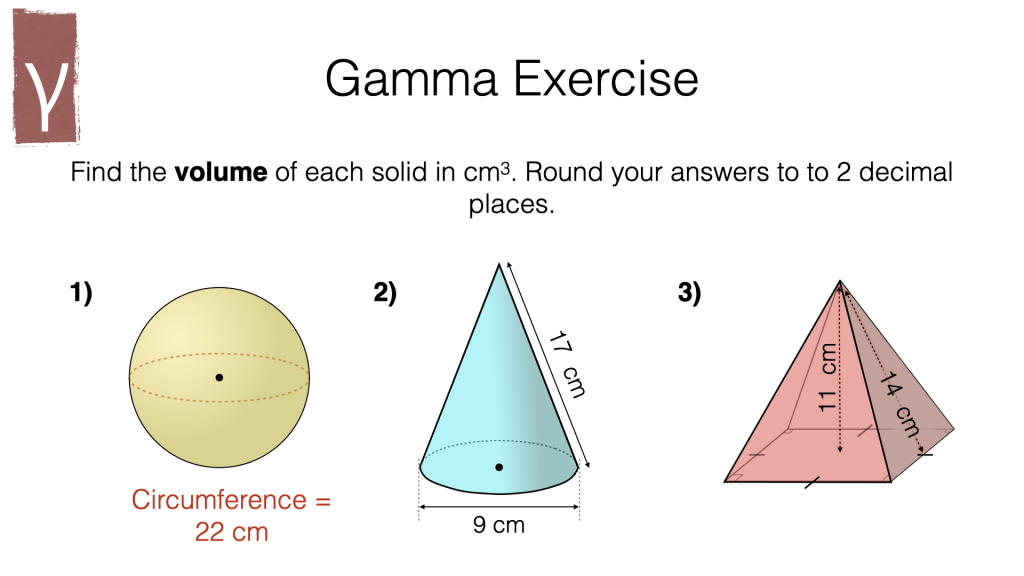5 Ways to Restate a Question

Rewire Your Responses: 5 Ways to Restate a Question
Effective communication is key to success in various aspects of life, including personal and professional relationships, education, and even online interactions. One crucial aspect of communication is the ability to restate a question, which helps ensure that all parties involved understand the topic at hand. In this article, we will explore the importance of restating questions and provide five ways to do so effectively.
Why Restate a Question?
Restating a question serves several purposes:
- Clarifies understanding: By rephrasing the question, you demonstrate your comprehension of the topic and ensure that everyone is on the same page.
- Avoids misinterpretation: Restating a question helps prevent misunderstandings that can arise from ambiguous or unclear language.
- Encourages critical thinking: The process of rephrasing a question prompts critical thinking and analysis, leading to a deeper understanding of the subject matter.
- Facilitates effective communication: Restating a question helps to establish a common language and tone, fostering a more productive and respectful conversation.
5 Ways to Restate a Question
Now that we’ve established the importance of restating questions, let’s explore five strategies for doing so effectively:
1. Paraphrase the Question
Paraphrasing involves rephrasing the question in your own words, using different vocabulary and sentence structure. This technique helps to:
- Ensure understanding of the question
- Identify potential ambiguities
- Develop critical thinking skills
Example:
Original question: “What are the benefits of regular exercise?”
Paraphrased question: “How does exercise impact our overall health and wellbeing?”
2. Use Synonyms and Analogies
Using synonyms and analogies is an effective way to restate a question, as it helps to:
- Provide alternative perspectives
- Create a more relatable context
- Enhance understanding through comparisons
Example:
Original question: “What is the significance of artificial intelligence in modern society?”
Restated question: “How does AI impact our daily lives, much like the internet did in the past?”
3. Identify the Underlying Assumption
This technique involves identifying the underlying assumption or premise of the question. By doing so, you can:
- Challenge assumptions
- Encourage critical thinking
- Develop a deeper understanding of the topic
Example:
Original question: “Should schools prioritize standardized testing?”
Restated question: “Is the assumption that standardized testing is an effective measure of intelligence accurate, and if so, should it be a priority in schools?”
4. Reframe the Question
Reframing the question involves changing its focus or perspective. This technique helps to:
- Broaden the scope of the discussion
- Encourage creative thinking
- Develop a more nuanced understanding of the topic
Example:
Original question: “What are the benefits of a plant-based diet?”
Reframed question: “How can adopting a plant-based lifestyle contribute to a more sustainable food system?”
5. Ask a Related Question
Asking a related question involves exploring a different aspect of the topic. This technique helps to:
- Gather more information
- Develop a more comprehensive understanding
- Encourage further discussion
Example:
Original question: “What are the benefits of meditation?”
Related question: “How does regular meditation practice impact mental health and wellbeing?”
💡 Note: Restating a question is not about simply rewording the original question, but rather about exploring different aspects of the topic, challenging assumptions, and encouraging critical thinking.
In conclusion, restating a question is an essential skill that facilitates effective communication, critical thinking, and deeper understanding of a topic. By incorporating these five strategies into your daily interactions, you’ll become more proficient in your ability to restate questions and engage in more productive conversations.
Why is restating a question important?
+Restating a question helps to clarify understanding, avoid misinterpretation, encourage critical thinking, and facilitate effective communication.
What are some techniques for restating a question?
+Techniques for restating a question include paraphrasing, using synonyms and analogies, identifying the underlying assumption, reframing the question, and asking a related question.
How can I practice restating questions effectively?
+Practice restating questions by engaging in discussions, debates, and critical thinking exercises. Try to rephrase questions in your own words, identify underlying assumptions, and explore different aspects of the topic.
Related Terms:
- teacher synergy llc
- IXL
- Quizlet
- BrainPOP
- Udacity
- Duolingo



